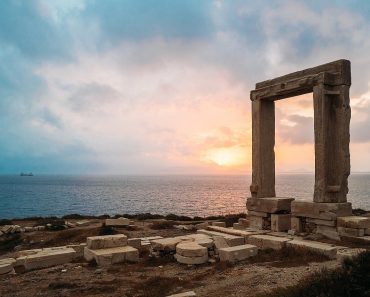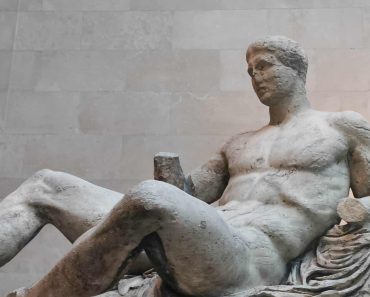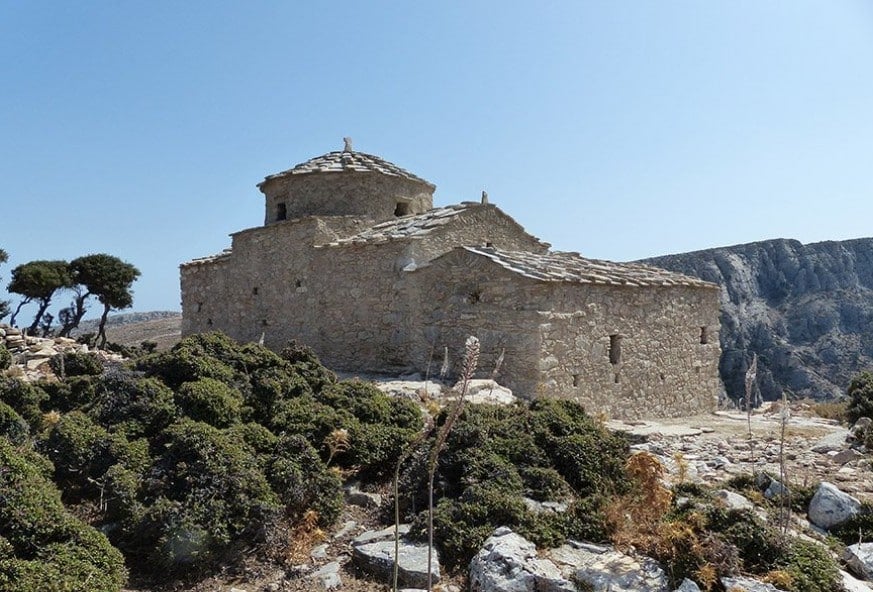
The Hagia Kyriaki Byzantine Church on the Greek island of Naxos is not only one of the Cyclades’ oldest religious sites, dating back to the 8th century, but it is also home to a series of wall paintings so rare that their conservation became a crucial priority for European heritage experts.
A meticulous, collaborative restoration project has successfully saved the structure and its unique art for future generations.
A Crucial Window into the Iconoclasm
The single-nave domed basilica, located in a remote rural area near the village of Apeiranthos, holds immense historical weight due to its remarkably well-preserved first layer of aniconic frescoes.
These murals date to the period of Iconoclasm (8th–9th century AD), a time when the depiction of religious figures was banned in the Byzantine Empire.
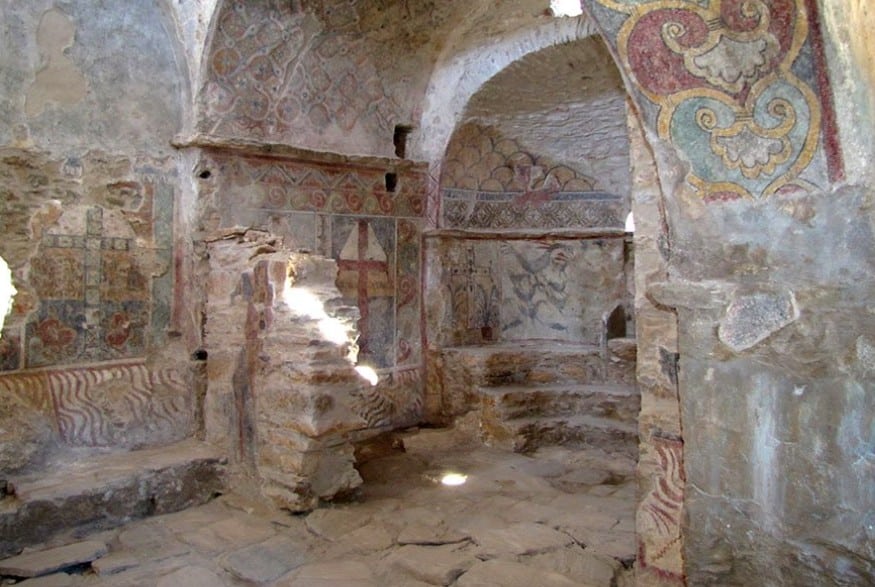
The resulting art is highly unusual and includes:
- Elaborate crosses
- Geometric and floral patterns
- Depictions of animals such as birds and cockerels
- Imitations of marble paneling (marmoratum)
Experts consider this specific ensemble of aniconic art to be the best preserved in the Cyclades, providing a crucial, rare window into early Byzantine thought. Some motifs even show Sassanid (Persian) or Islamic influence, highlighting the cultural cross-currents of the era.
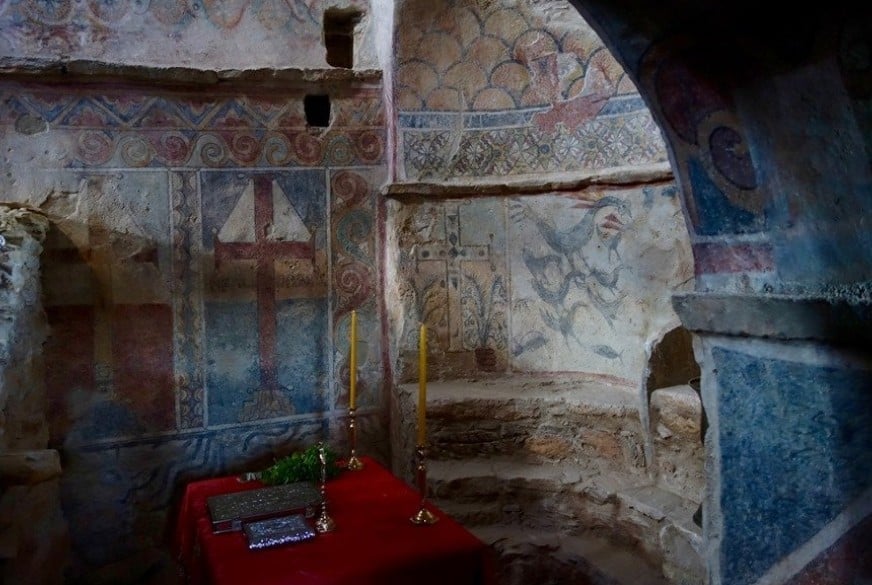
A model of collaborative conservation
For years, the church had fallen into severe disrepair due to neglect and extensive water damage, threatening both the structure and the irreplaceable murals.
The collaborative project to save it was achieved through an exemplary partnership between Greek and Swiss organizations and was funded entirely by private donations.
The rigorous conservation work, which restored the structure while meticulously stabilizing the frescoes, received the prestigious European Union Prize for Cultural Heritage / Europa Nostra Award.
The Europa Nostra jury praised the effort, stating the restoration team demonstrated a “meticulous effort to protect its authenticity and refrained from adding elements that would mask the passing of time and history.”





